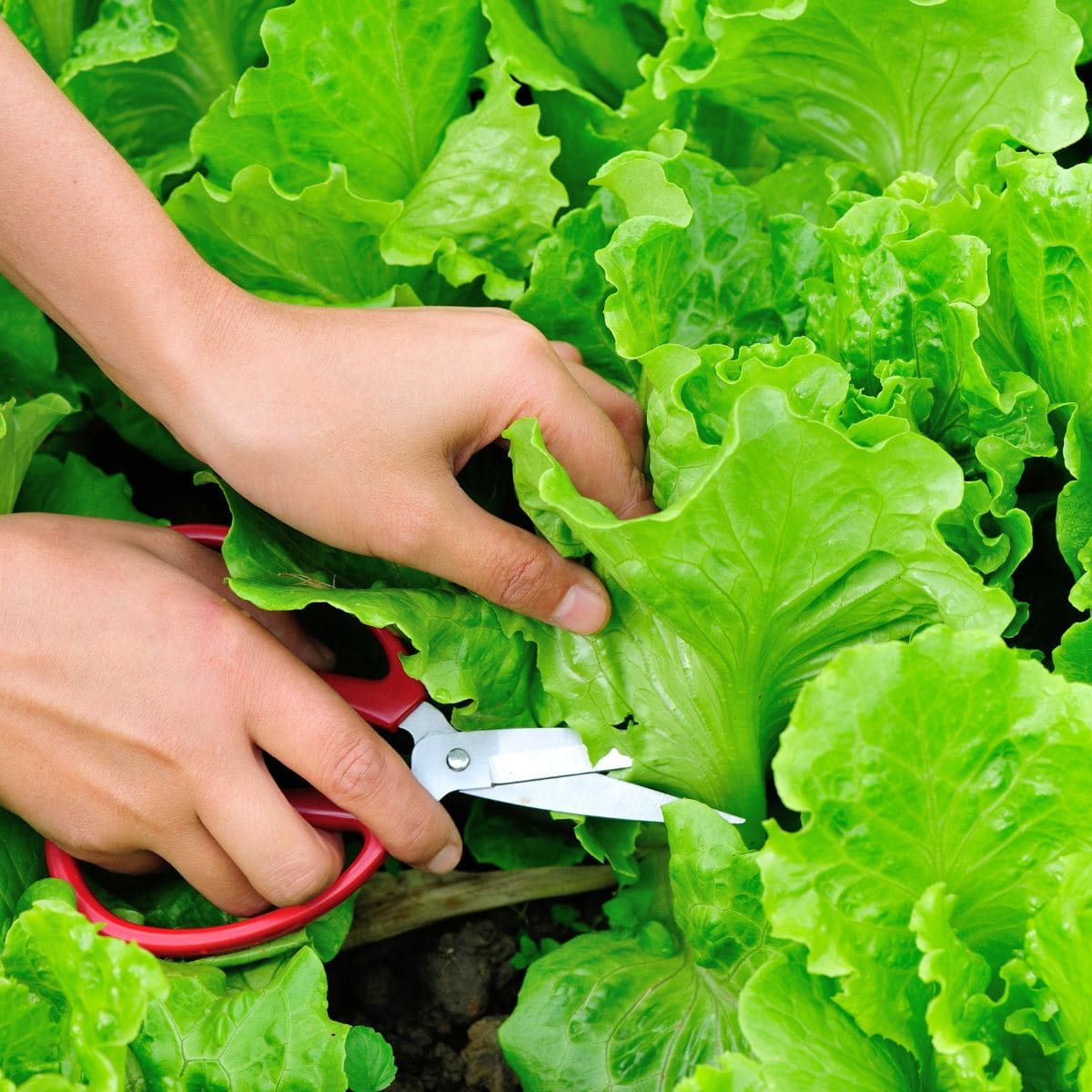

Articles
How To Store Fresh Picked Lettuce
Modified: October 19, 2024
Learn the best methods for storing fresh-picked lettuce in this informative article. Keep your lettuce crisp and delicious with these helpful tips.
(Many of the links in this article redirect to a specific reviewed product. Your purchase of these products through affiliate links helps to generate commission for Storables.com, at no extra cost. Learn more)
Introduction
When it comes to enjoying fresh produce, few things compare to a crisp, vibrant head of lettuce. Whether you’ve harvested it from your own garden or picked it up from the local farmer’s market, preserving the freshness of lettuce can be a challenge. The delicate leaves can easily wilt or become mushy if not stored properly. In this article, we will explore the best practices for storing freshly picked lettuce, ensuring that it stays fresh and crisp for as long as possible.
Proper storage begins with quality harvesting techniques. When you’re ready to harvest your lettuce, it’s important to pick it at the right time. Lettuce is best harvested in the morning when the leaves are cool and hydrated. Avoid harvesting during the hottest parts of the day, as this can cause the lettuce to wilt more quickly. Additionally, make sure to choose lettuce leaves that are firm and free from any signs of wilting or discoloration.
After harvesting, it’s crucial to handle the lettuce with care to avoid damaging the delicate leaves. Gently remove any dirt or debris by washing the lettuce under cool running water. Avoid using soap or harsh chemicals, as they can leave residue and affect the taste of the lettuce. Once washed, gently pat the lettuce dry with a clean towel or use a salad spinner to remove excess moisture.
Choosing the right storage container is another crucial aspect of lettuce storage. Opt for a container that allows for proper airflow to prevent excess moisture buildup, which can lead to wilting and rotting. Plastic or glass containers with ventilation holes or lids that can be slightly opened are ideal choices. Alternatively, you can use perforated plastic bags or reusable produce bags with breathable fabric.
The ideal storage temperature for lettuce is around 32°F to 40°F (0°C to 4°C). Keeping the lettuce at a slightly colder temperature helps to maintain its freshness and slow down any wilting or deterioration processes. Most refrigerators have a specific compartment designed for storing fruits and vegetables. This crisper drawer is the perfect spot for your lettuce, as it provides a cool and humid environment that helps to preserve its crispness and color.
Key Takeaways:
- Harvest lettuce in the morning when cool and hydrated to preserve its freshness. Properly seal bags and avoid exposure to ethylene gas to extend lettuce’s shelf life.
- Revive wilted lettuce by submerging in ice water and refrigerating. Properly storing lettuce in the refrigerator at 32°F to 40°F maintains its crispness and flavor.
Read more: How To Store Fresh Lettuce
Best Practices for Harvesting Lettuce
Harvesting lettuce at the right time is crucial for ensuring its flavor and texture. Here are some best practices to follow when harvesting lettuce:
- Choose the right time: Harvest lettuce when it reaches its prime, usually when the leaves are full-sized but before it begins to bolt or go to seed. This is when the lettuce is at its most tender and flavorful.
- Harvest in the morning: Harvest lettuce in the early morning when the leaves are cool and hydrated. This helps to preserve its freshness and crispness. Avoid harvesting during the hottest parts of the day, as the heat can cause the lettuce to wilt quickly.
- Use sharp, clean tools: When harvesting lettuce, use clean and sharp gardening shears or a knife to make clean cuts. This reduces the risk of damage or bruising to the lettuce leaves.
- Make clean cuts: Cut the lettuce leaves close to the base of the plant, leaving a small stem intact. Avoid tearing the leaves, as this can lead to quicker wilting.
- Handle with care: After harvesting, handle the lettuce leaves gently to avoid bruising or damaging them. Place the harvested leaves in a clean container or basket to prevent them from getting crushed.
- Harvest regularly: Lettuce plants can continue to produce new leaves after the initial harvest. Regularly harvest the outer leaves first, allowing the inner leaves to grow and mature. This allows you to enjoy a continuous supply of fresh lettuce throughout the growing season.
By following these best practices, you can ensure that your lettuce is harvested at the peak of its flavor and texture, providing you with delicious and nutritious salad ingredients.
Preparing Lettuce for Storage
Properly preparing your lettuce before storing it is key to maintaining its freshness and crispness. Here are some important steps to follow when preparing lettuce for storage:
- Wash the lettuce: Before storing lettuce, it’s essential to wash it thoroughly to remove any dirt, debris, or pesticides. Fill a clean sink or large bowl with cool water and gently submerge the lettuce. Swirl it around to loosen any dirt, and then drain the water. Repeat this process if necessary.
- Pat dry or use a salad spinner: After washing, gently pat the lettuce dry with a clean towel or use a salad spinner to remove excess moisture. Excess water can cause the leaves to wilt more quickly, so it’s important to remove as much moisture as possible.
- Inspect for damaged or wilted leaves: Take a moment to inspect the lettuce leaves for any signs of damage or wilting. Remove any leaves that are bruised, torn, or wilted, as they can release ethylene gas and spoil the rest of the lettuce more quickly.
- Separate the leaves: Depending on the type of lettuce you have, consider separating the leaves before storage. This will make it easier to access the desired amount of lettuce without disturbing the rest. For head lettuce, you can gently remove the outer leaves and store them separately from the head.
- Bundle or wrap loosely: If you prefer to store your lettuce as a whole head, gently wrap it in a clean, dry paper towel or place it in a perforated plastic bag. This helps to absorb excess moisture and maintain the freshness of the lettuce. For loose-leaf varieties, loosely wrap them in a paper towel or place them in a breathable storage container.
By properly preparing the lettuce before storage, you can ensure that it stays fresh and crisp for a longer period. These simple steps will help you maintain the quality of your lettuce and enjoy it at its best when you’re ready to use it.
Choosing the Right Storage Container
Selecting the appropriate storage container for your lettuce is essential for maintaining its freshness and preventing premature wilting or rotting. Here are some key factors to consider when choosing the right storage container:
- Airflow: Look for a container that allows for proper airflow. Excess moisture can quickly deteriorate the quality of lettuce, so it’s important to choose a container that promotes air circulation.
- Ventilation: Opt for a container with ventilation holes or a lid that can be slightly opened. This allows for the exchange of air while preventing the accumulation of moisture. Containers with adjustable venting options are particularly beneficial, as they allow you to control the humidity levels.
- Material: Plastic or glass containers are commonly used for storing lettuce. Both options are suitable, but it’s important to choose containers that are food-grade and free from any harmful chemicals. Avoid containers made of materials that may leach harmful substances into the lettuce.
- Size: Consider your storage needs and choose a container that accommodates the amount of lettuce you typically store. It’s important to avoid overcrowding the container, as this can lead to compression and accelerated wilting of the leaves.
- Breathable bags: If you prefer using bags for storing lettuce, opt for those specifically designed for produce. Look for perforated plastic bags or reusable produce bags with breathable fabric. These bags allow for airflow and help to maintain the freshness of the lettuce.
- Sealability: Ensure that the container has a proper seal or closure mechanism to keep the lettuce secure and prevent moisture from escaping or entering. Airtight seals can help extend the shelf life of the lettuce by minimizing exposure to air and preventing wilting.
By choosing the right storage container, you can create an optimal environment for your lettuce, prolonging its freshness and crispness. Consider these factors when deciding on the container that best suits your storage needs, and enjoy your lettuce at its peak for longer.
Recommended Storage Temperature
Properly controlling the temperature of your lettuce storage is crucial for maintaining its freshness and extending its shelf life. The recommended storage temperature for lettuce is between 32°F to 40°F (0°C to 4°C).
Refrigeration is typically the best way to achieve and maintain the recommended storage temperature for lettuce. Most refrigerators have a specific compartment, often referred to as the crisper drawer, designed for storing fruits and vegetables. This drawer provides a cool and humid environment that helps to preserve the crispness and color of lettuce.
It’s important to note that lettuce is sensitive to temperature fluctuations and can deteriorate quickly when exposed to extreme temperatures. Therefore, avoid storing lettuce near the refrigerator’s cooling vents or in areas of the fridge that experience temperature variations, such as near the door.
During the storage process, it’s vital to monitor and maintain the proper temperature consistently. Use a refrigerator thermometer to ensure that the temperature in the crisper drawer or storage area remains within the recommended range. Adjust the temperature settings if needed to maintain the ideal storage conditions for lettuce.
If you have harvested lettuce from your own garden and don’t have access to a refrigerator, there are a few alternatives you can consider. For short-term storage, you can place the lettuce in a cool basement or root cellar where temperatures remain relatively stable. In this case, it’s important to check the lettuce frequently for signs of wilting or spoilage.
However, it’s worth noting that storing lettuce at room temperature can lead to a quicker deterioration of its quality. Therefore, it’s recommended to consume lettuce as soon as possible or consider using alternative storage methods such as storing lettuce in water or wrapping it in damp paper towels.
By storing lettuce at the recommended temperature range, you can maintain its freshness, crispness, and nutritional value for a longer period, ensuring that your salads and other dishes are always made with the best quality lettuce.
Read more: How To Store Lettuce To Keep It Fresh
Storing Lettuce in the Refrigerator
Refrigeration is the most effective way to store lettuce and keep it fresh for an extended period. Here are the steps to follow when storing lettuce in the refrigerator:
- Choose the right storage container: Select a container that allows for proper airflow and ventilation. Plastic or glass containers with ventilation holes or lids that can be slightly opened are ideal choices. Alternatively, you can use perforated plastic bags or reusable produce bags with breathable fabric.
- Prep the lettuce: Wash the lettuce thoroughly under cool running water to remove any dirt or debris. Gently pat it dry with a clean towel or use a salad spinner to remove excess moisture. Inspect the leaves and remove any damaged or wilted ones.
- Separate or leave whole: Depending on your preference, you can either store the lettuce leaves as a whole head or separate the leaves. If storing a whole head, wrap it loosely in a paper towel or place it in a perforated bag. For separated leaves, place them in a breathable container or bag, making sure not to overcrowd them.
- Store in the crisper drawer: Place the prepared lettuce in the refrigerator’s crisper drawer, which provides a cool and humid environment that helps to preserve its freshness and crispness. Avoid storing the lettuce near the refrigerator’s cooling vents or in areas prone to temperature fluctuations.
- Check and maintain temperature: Ensure that the refrigerator’s temperature is set within the recommended range of 32°F to 40°F (0°C to 4°C). Use a refrigerator thermometer to monitor and adjust the temperature if needed.
Remember to check the lettuce periodically and remove any wilted or spoiled leaves to prevent them from affecting the rest of the lettuce. Properly stored lettuce can stay fresh and crisp in the refrigerator for up to 1-2 weeks, depending on its freshness at the time of storage.
When you’re ready to use the stored lettuce, simply remove the desired amount, rinse it again under cool water, and pat it dry before incorporating it into your salads, sandwiches, or other dishes. Storing lettuce in the refrigerator allows you to have a readily available supply of fresh greens for your culinary creations.
Wrapping Lettuce in Damp Paper Towels
Another effective method for storing lettuce and keeping it fresh is by wrapping it in damp paper towels. This method helps to maintain the moisture level of the lettuce leaves, preventing them from drying out and wilting. Here’s how to wrap lettuce in damp paper towels:
- Prep the lettuce: Start by washing the lettuce thoroughly under cool running water to remove any dirt or debris. Gently pat it dry with a clean towel or use a salad spinner to remove excess moisture. Inspect the leaves and remove any damaged or wilted ones.
- Prepare the damp paper towels: Take a few paper towels and dampen them with water. Make sure they are not soaking wet, but evenly moist across the surface. You can sprinkle a little water or use a spray bottle to lightly mist the paper towels.
- Wrap the lettuce: Lay the damp paper towels flat on a clean surface. Place the lettuce leaves on top of the paper towels and fold the edges of the towels over the lettuce, creating a loose wrap. Make sure the lettuce leaves are completely covered by the damp paper towels.
- Store in a plastic bag: Transfer the wrapped lettuce to a perforated plastic bag or a reusable produce bag with breathable fabric. The bag will help to retain the moisture from the damp paper towels while still allowing for airflow.
- Refrigerate the lettuce: Place the bagged lettuce in the refrigerator’s crisper drawer or in an area where the temperature is set between 32°F to 40°F (0°C to 4°C). Ensure the lettuce is not exposed to direct cold air from vents or stored in areas prone to temperature fluctuations.
By wrapping lettuce in damp paper towels, you create a microclimate that helps to maintain the moisture content of the leaves and prolong their freshness. The paper towels act as a barrier, preventing excess moisture loss and wilting.
Remember to check the lettuce periodically and replace the damp paper towels if they dry out. Discard any wilted or spoiled leaves to prevent them from affecting the rest of the lettuce. When you’re ready to use the stored lettuce, unwrap it from the paper towels, rinse it again under cool water if desired, and pat dry before incorporating it into your recipes.
Using damp paper towels to wrap lettuce is a simple and effective method that can help extend the shelf life of your greens, ensuring they stay fresh and ready to enjoy for a longer period.
After picking lettuce, wash and dry the leaves thoroughly. Store them in a resealable plastic bag with a paper towel to absorb excess moisture. Keep the bag in the crisper drawer of the refrigerator for up to a week.
Alternatives to Refrigeration
If you don’t have access to a refrigerator or want to explore alternative methods for storing lettuce, there are a few options to consider. While refrigeration is the most efficient way to keep lettuce fresh, these alternatives can help extend its shelf life to some extent:
- Storing lettuce in water: This method involves placing the base of the lettuce in a container filled with water. Make sure to trim the bottom of the lettuce before submerging it. Keep the container in a cool and shaded area, changing the water every day or two. This method can help maintain the moisture level of the lettuce, keeping it crisp for a short period.
- Wrapping lettuce in a damp cloth: Instead of using paper towels, you can wrap the lettuce in a clean, damp cloth or tea towel. Moisten the cloth with water and gently squeeze out any excess moisture. Wrap the lettuce loosely in the damp cloth and store it in a cool and shaded place. Check the cloth periodically and rewet it if it becomes dry.
- Using a cool basement or root cellar: If you have a cool basement or a root cellar, these naturally cool and relatively stable environments can be suitable for storing lettuce. Place the lettuce in a container or wrap it in a damp cloth before storing it in a cool area away from direct sunlight.
- Strategically placing lettuce near other cooling sources: If you don’t have access to a refrigerator but have other cooling sources like an air conditioning vent or a cooler filled with ice packs, you can strategically position lettuce near these sources to help maintain a cooler temperature. However, ensure that the lettuce is not in direct contact with the cooling source to avoid freezing or chilling it excessively.
- Consume lettuce quickly: If you are unable to store lettuce for an extended period without refrigeration, the best approach is to consume it as quickly as possible. Use the lettuce in salads, sandwiches, or other recipes within a day or two after harvesting or purchasing it.
While these alternatives can help extend the shelf life of lettuce when refrigeration is not readily available, they are not as effective as proper refrigeration. Remember to monitor the lettuce closely for any signs of wilting or spoilage and discard any damaged or wilted leaves to prevent them from affecting the rest.
For longer-term preservation and to ensure optimal freshness, it is best to prioritize refrigeration or explore other temporary refrigeration options such as coolers with ice packs or community refrigeration services in your area.
By utilizing these alternative methods and being mindful of the lettuce’s storage conditions, you can still enjoy the benefits of fresh lettuce even without traditional refrigeration.
Storing Lettuce in Water
Storing lettuce in water is an alternative method that can help keep it fresh and crisp for a short period, especially if refrigeration is not an option. Here’s how to store lettuce in water:
- Prepare the lettuce: Start by harvesting or purchasing fresh lettuce. Remove any damaged or wilted leaves and trim the bottom of the lettuce to create a fresh cut.
- Choose a container: Select a clean and shallow container that is large enough to hold the lettuce. A wide, shallow bowl or a plastic container can work well.
- Add water: Fill the container with enough water to submerge the trimmed ends of the lettuce. The water should cover the bottom inch or two of the lettuce stems.
- Place the lettuce: Gently place the lettuce in the container, ensuring that the trimmed ends are submerged in the water. Avoid overcrowding the container, allowing enough space for the lettuce to sit without being crushed.
- Store in a cool place: Find a cool spot in your home, away from direct sunlight and heat sources. A cool basement or a shaded area can work well. Ensure the area is well-ventilated to prevent the growth of bacteria or mold.
- Change the water: Check the water daily and replace it with fresh, cold water. This helps to maintain cleanliness and prevent the water from becoming stagnant.
- Inspect the lettuce: Regularly check the lettuce for any signs of wilting or decay. Remove any damaged leaves immediately to prevent the spread of spoilage to the rest of the lettuce.
- Consume promptly: Stored in water, lettuce will retain its freshness and crispness for a short period, typically up to a few days. It’s best to consume the lettuce as soon as possible for the best taste and texture.
Storing lettuce in water helps to maintain its hydration, which can delay wilting and keep the leaves crisp. However, it’s important to note that this method is not a long-term storage solution and should only be used when refrigeration is not available.
Remember to monitor the lettuce closely for any signs of deterioration, such as sliminess or a foul odor. If you notice any deterioration, discard the lettuce immediately. Always use clean water and a clean container to prevent contamination and ensure the lettuce stays fresh.
While storing lettuce in water is a temporary solution, it provides an alternative when refrigeration is not possible, allowing you to enjoy fresh and crisp lettuce for a short time.
Read more: How To Store Fresh Romaine Lettuce
Properly Sealing Lettuce Bags
Properly sealing lettuce bags is essential for maintaining the freshness and quality of the lettuce. When stored correctly, sealed bags help to protect the lettuce from exposure to air, moisture, and other external factors that can lead to wilting or spoilage. Here are some steps to follow for ensuring a proper seal:
- Choose the right type of bag: Select bags specifically designed for storing produce. Look for bags that are food-safe and made of high-quality materials to ensure they provide the necessary protection for the lettuce.
- Prep the lettuce: Begin by cleaning and drying the lettuce thoroughly. Remove any damaged or wilted leaves, as they can release ethylene gas that may cause the remaining lettuce to spoil more quickly.
- Place lettuce in the bag: Put the prepared lettuce inside the bag, making sure not to overcrowd it. For loose-leaf lettuce, leave some space to allow for air circulation. If using a bag specifically designed for produce, ensure the lettuce fits comfortably without being compressed.
- Remove excess air: Squeeze out as much air as possible from the bag before sealing it. The presence of excess air can contribute to faster spoilage and wilting of the lettuce.
- Zip or seal the bag: Use the zipper or sealing strip provided by the bag to securely close it. Start from one end and move along the length of the bag, pressing the two sides together to create an airtight seal. Double-check that the bag is fully closed and sealed.
- Label the bag (optional): If you have multiple bags of lettuce or want to keep track of the storage date, consider labeling the bag with the date of storage. It can be helpful in maintaining proper rotation and ensuring the lettuce is consumed within a reasonable timeframe.
- Store in the refrigerator: Place the sealed lettuce bag in the refrigerator’s crisper drawer or in a designated area for fruits and vegetables. Refrigeration helps to maintain the freshness and crispness of the lettuce.
Properly sealed bags help to create a controlled environment for the lettuce, keeping it protected and extending its shelf life. It’s important to note that even with a proper seal, it’s best to consume the lettuce within a week for optimal freshness.
Regularly check the bag for any signs of moisture accumulation or mold growth. If you notice any deterioration, discard the lettuce and clean the bag before storing a new batch.
By following these steps and properly sealing lettuce bags, you can maintain the quality and freshness of your lettuce for a longer period, ensuring it’s ready to be enjoyed in salads, sandwiches, or other delectable dishes.
Avoiding Exposure to Ethylene Gas
Ethylene gas is a naturally occurring hormone that is released by some fruits and vegetables during their ripening process. While it plays a role in the ripening of certain produce, exposure to ethylene gas can accelerate the aging and spoilage of lettuce. To extend the shelf life of your lettuce and prevent premature deterioration, here are some strategies to avoid exposure to ethylene gas:
- Store lettuce separately: Keep your lettuce away from ethylene-producing fruits and vegetables. These include apples, bananas, tomatoes, avocados, melons, and citrus fruits. Storing lettuce in close proximity to these gas-releasing items can lead to faster wilting and decay. Keep lettuce in a separate refrigerator compartment or a separate drawer to minimize contact.
- Wrap ethylene-producing items: If you must store ethylene-producing fruits and vegetables in the same refrigerator or vicinity as lettuce, consider wrapping them individually in a paper towel or placing them in a perforated bag. This helps to contain the release of ethylene gas and reduces its exposure to nearby lettuce.
- Monitor produce storage areas: Regularly check the storage areas for any spoiled or overripe fruits and vegetables. As these items decompose, they release higher levels of ethylene gas, which can impact the lettuce stored nearby. Discard any damaged or rotten produce promptly to minimize ethylene gas exposure.
- Use ethylene absorbers: Ethylene absorbers, also known as ethylene gas neutralizers or ethylene filters, are small packets or sachets that can be placed near lettuce or in the refrigerator to absorb ethylene gas. These absorbers help to prolong the freshness of produce and reduce the effects of ethylene gas exposure. They can be found in stores specializing in kitchen supplies or online.
- Store lettuce in airtight containers: Consider storing lettuce in airtight containers to further minimize its exposure to ethylene gas. Plastic or glass containers with proper seals can create a barrier against ambient ethylene gas, helping to preserve the crispness and freshness of the lettuce.
- Consume lettuce promptly: To minimize the impact of ethylene gas exposure, it’s best to consume the lettuce as soon as possible after purchase or harvest. This way, you can enjoy it at its freshest while avoiding prolonged exposure to the gas.
By implementing these strategies, you can minimize the exposure of lettuce to ethylene gas and extend its shelf life. Keeping lettuce away from ethylene-producing items and utilizing proper storage techniques will help maintain the quality and crispness of your lettuce, ensuring that it remains fresh and ready to be enjoyed in your favorite salads and dishes.
How to Revive Wilted Lettuce
Wilty lettuce can be disappointing, but don’t throw it away just yet. With a few simple steps, you can revive wilted lettuce and restore its crispness and freshness. Here’s how:
- Inspect the lettuce: Carefully examine the lettuce leaves and remove any severely damaged or spoiled ones. Removing these leaves helps to prevent further deterioration and ensures you’re working with the best possible pieces of lettuce.
- Submerge in ice water: Fill a bowl or sink with cold water and add several ice cubes. Submerge the wilted lettuce in the ice water and let it soak for about 15-30 minutes. The cold water helps to rehydrate the lettuce and crisp up the leaves.
- Rinse and dry: After the lettuce has soaked, gently rinse it under cool running water to remove any excess dirt or debris. Pat the lettuce dry using a clean kitchen towel or use a salad spinner to remove excess moisture. Drying the lettuce helps to prevent further wilting and ensures a crisp texture.
- Chill in the refrigerator: Once dried, place the lettuce in a clean container or resealable bag. Seal the container or bag securely and refrigerate it for at least 1-2 hours. The chilled temperature will further revive the lettuce and help it regain its crispness.
- Refresh with water mist: If the lettuce still feels slightly wilted after refrigeration, you can lightly mist it with water using a spray bottle. Spray a fine mist of water over the leaves, then gently toss or shake the lettuce to distribute the moisture evenly. The water mist helps to hydrate the lettuce and restore its crisp texture.
- Use immediately: Revived lettuce is best used as soon as possible. Incorporate it into your favorite salads, sandwiches, or other dishes to enjoy it at its revived state. Avoid storing the lettuce again, as repeated storage can lead to further wilting.
It’s important to note that while these methods can revive wilted lettuce, the results may vary depending on the severity of wilting and the lettuce’s overall condition. Additionally, the quality of revived lettuce may not be as perfect as fresh, undamaged lettuce. However, with proper revitalization techniques, you can salvage wilted lettuce and make it enjoyable again.
Remember to prioritize proper storage and handle lettuce with care to prevent wilting in the first place. Storing lettuce correctly in the refrigerator and avoiding exposure to ethylene-producing fruits and vegetables can help maintain its crispness and freshness for a longer period.
So the next time you encounter wilted lettuce, don’t despair. Give these techniques a try, and you might just be able to rescue your lettuce and turn it into a vibrant, crisp addition to your meals.
Conclusion
Properly storing fresh picked lettuce is essential for preserving its crispness, flavor, and nutritional value. By following best practices for harvesting lettuce, such as picking it at the right time and handling it with care, you can ensure that it remains at its peak when ready for storage. Preparing lettuce for storage involves washing it thoroughly, removing damaged leaves, and drying it properly to minimize excess moisture.
Choosing the right storage container, whether it’s one with proper airflow and ventilation or a sealed bag, plays a crucial role in maintaining the freshness of lettuce. Storing lettuce in the refrigerator, at an ideal temperature of 32°F to 40°F (0°C to 4°C), helps to slow down deterioration and preserve its crispness. Wrapping lettuce in damp paper towels or storing it in water are alternative methods that can help keep lettuce fresh when refrigeration is not available.
Avoiding exposure to ethylene gas, which is naturally produced by certain fruits and vegetables, is important for preventing premature wilting and spoilage of lettuce. Properly sealing lettuce bags, using ethylene absorbers if needed, and keeping lettuce away from ethylene-producing items are effective strategies for minimizing ethylene gas exposure.
In the event that lettuce does become wilted, there are methods to revive it. Submerging wilted lettuce in ice water, rinsing and drying it, chilling it in the refrigerator, and refreshing it with a water mist can help bring it back to life.
In conclusion, by following these guidelines and techniques, you can maximize the freshness and lifespan of your freshly picked lettuce. Whether you’re growing lettuce in your garden or purchasing it from a local farm, proper storage practices ensure that you can savor crisp and delicious lettuce for longer periods, enhancing your salads, sandwiches, and other culinary creations.
Frequently Asked Questions about How To Store Fresh Picked Lettuce
Was this page helpful?
At Storables.com, we guarantee accurate and reliable information. Our content, validated by Expert Board Contributors, is crafted following stringent Editorial Policies. We're committed to providing you with well-researched, expert-backed insights for all your informational needs.
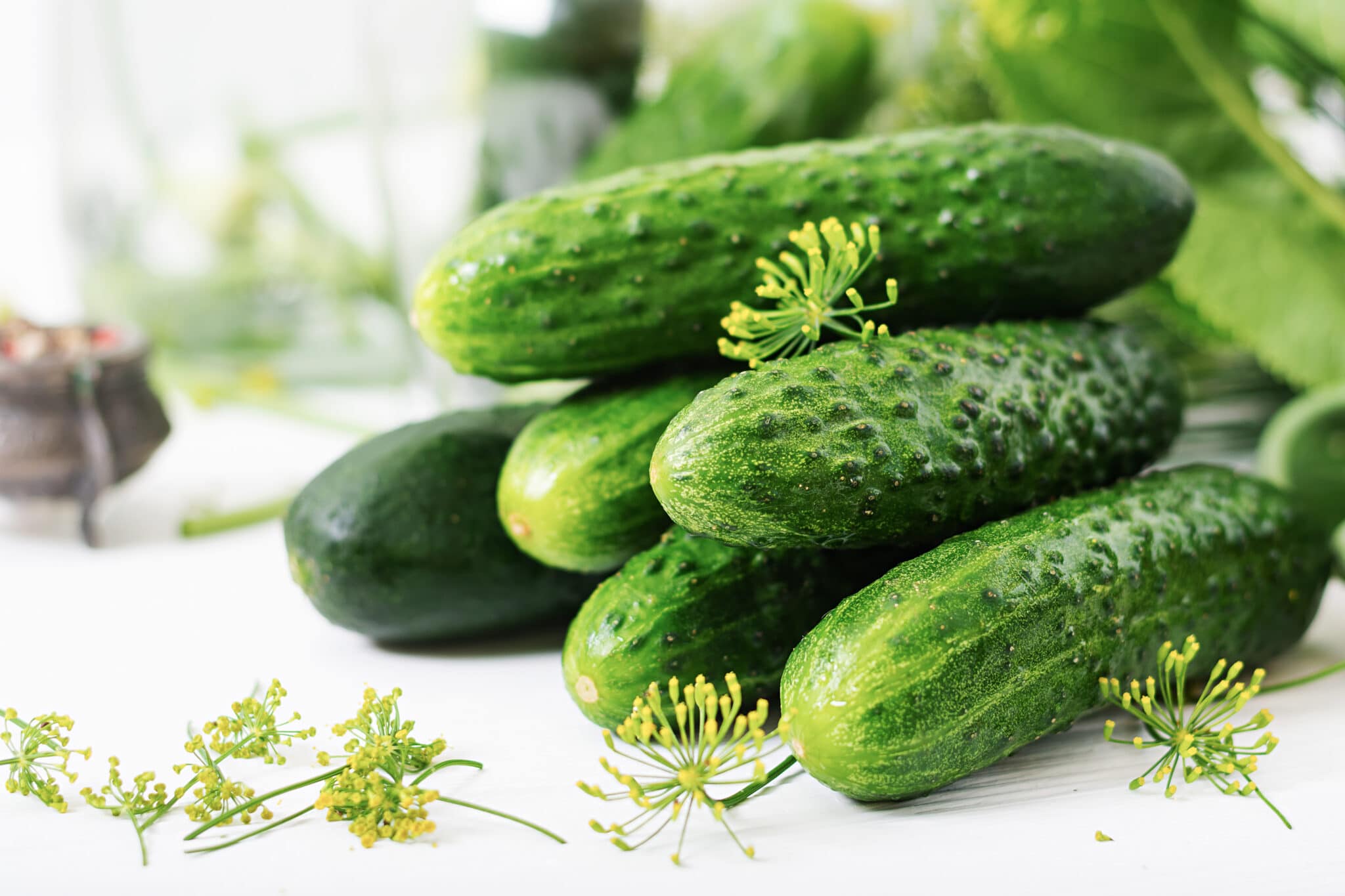
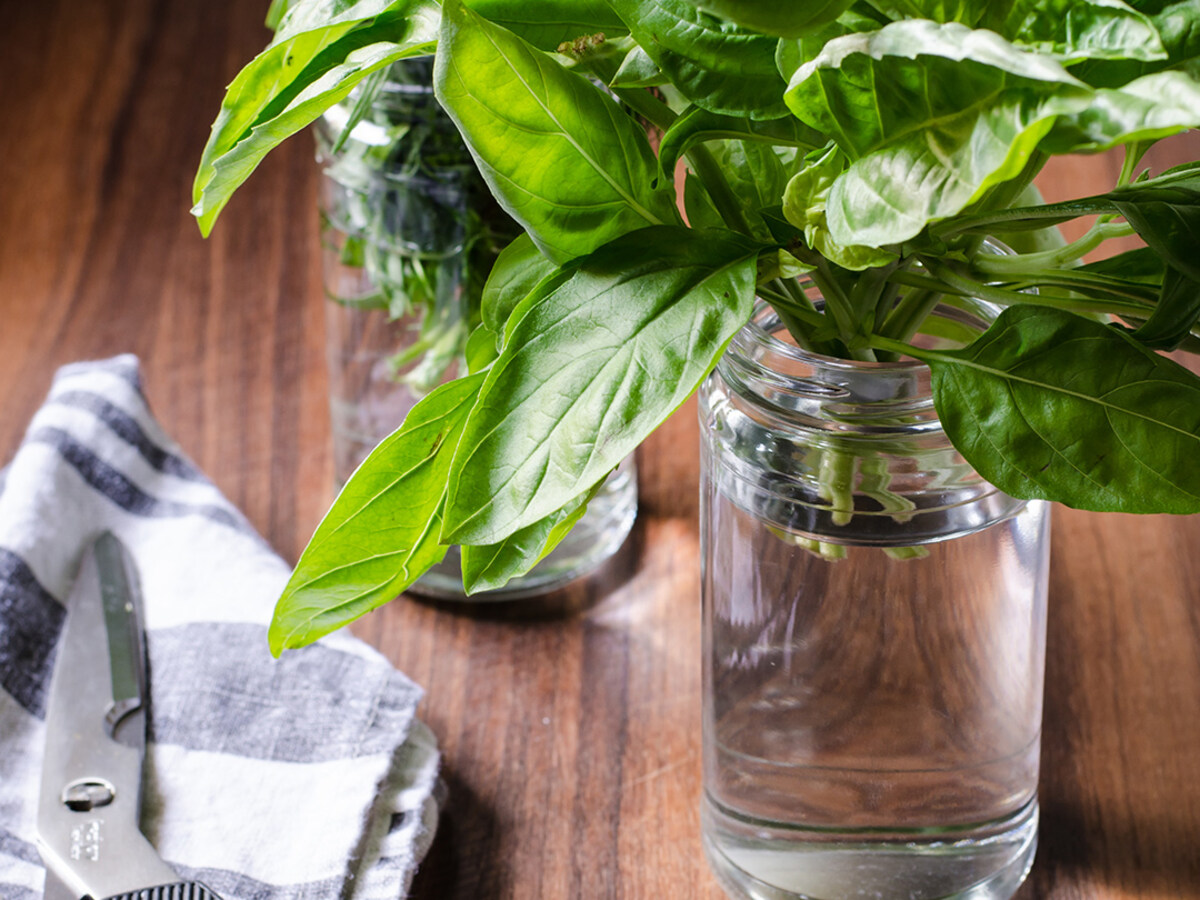
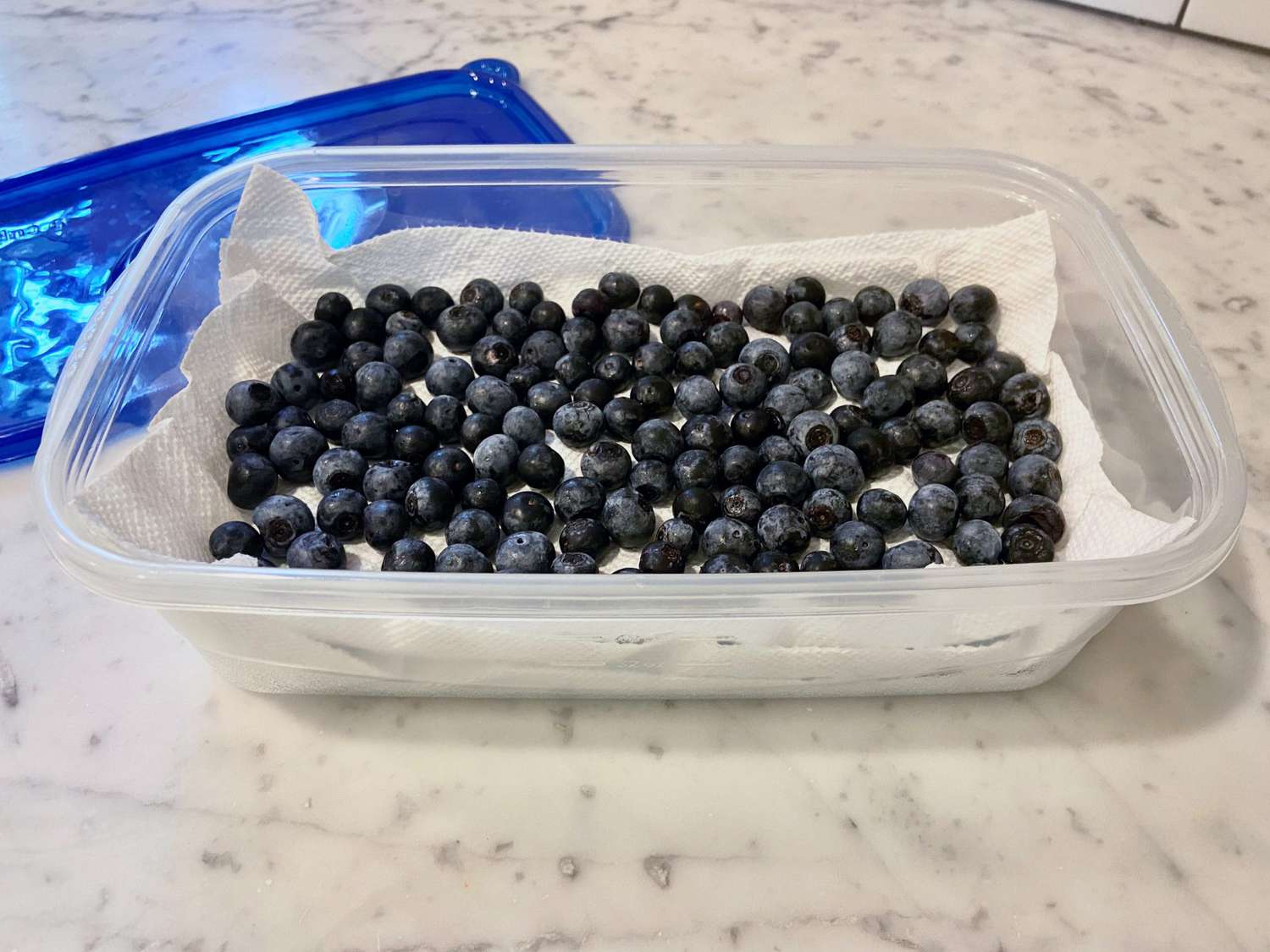
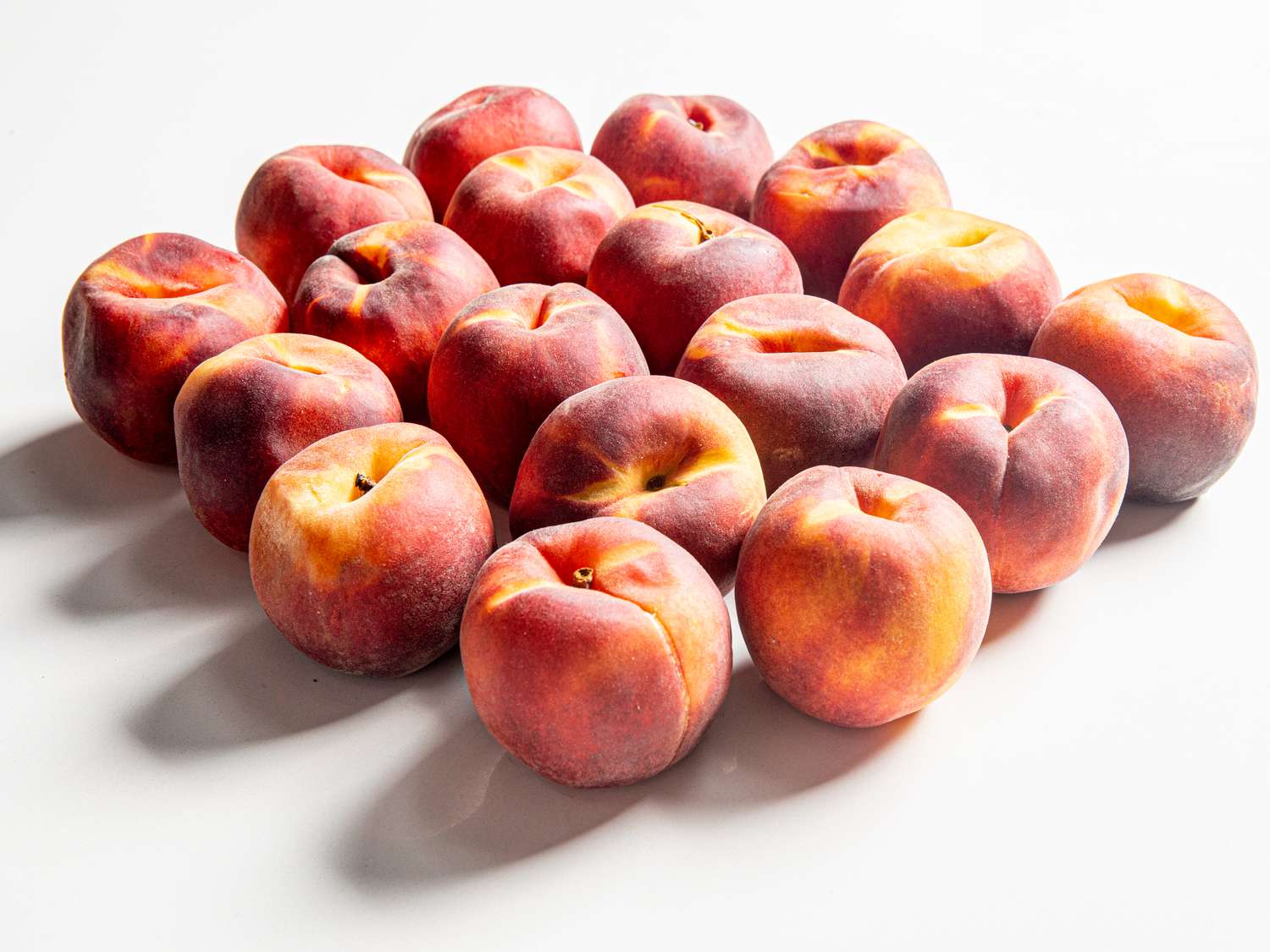
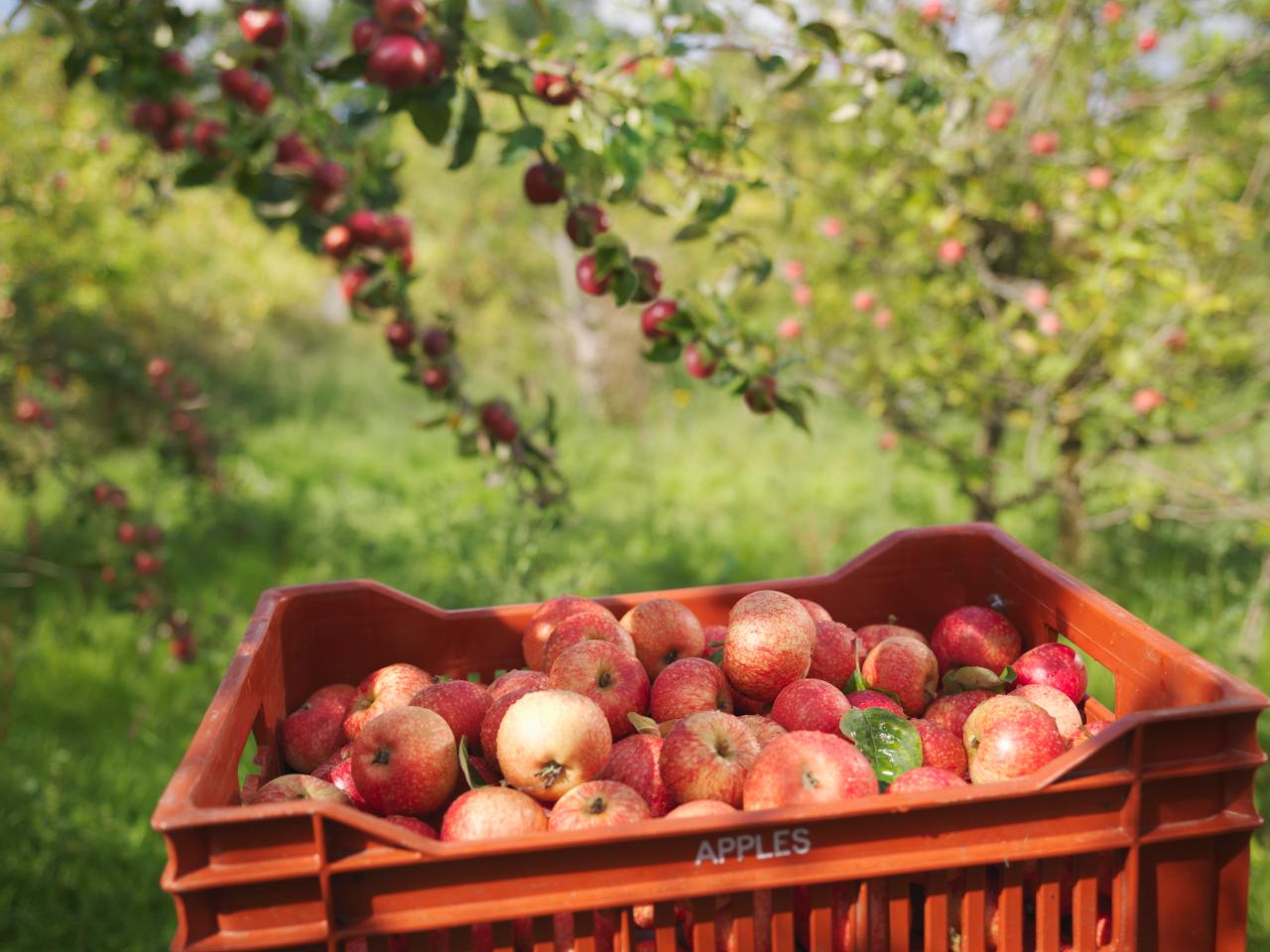
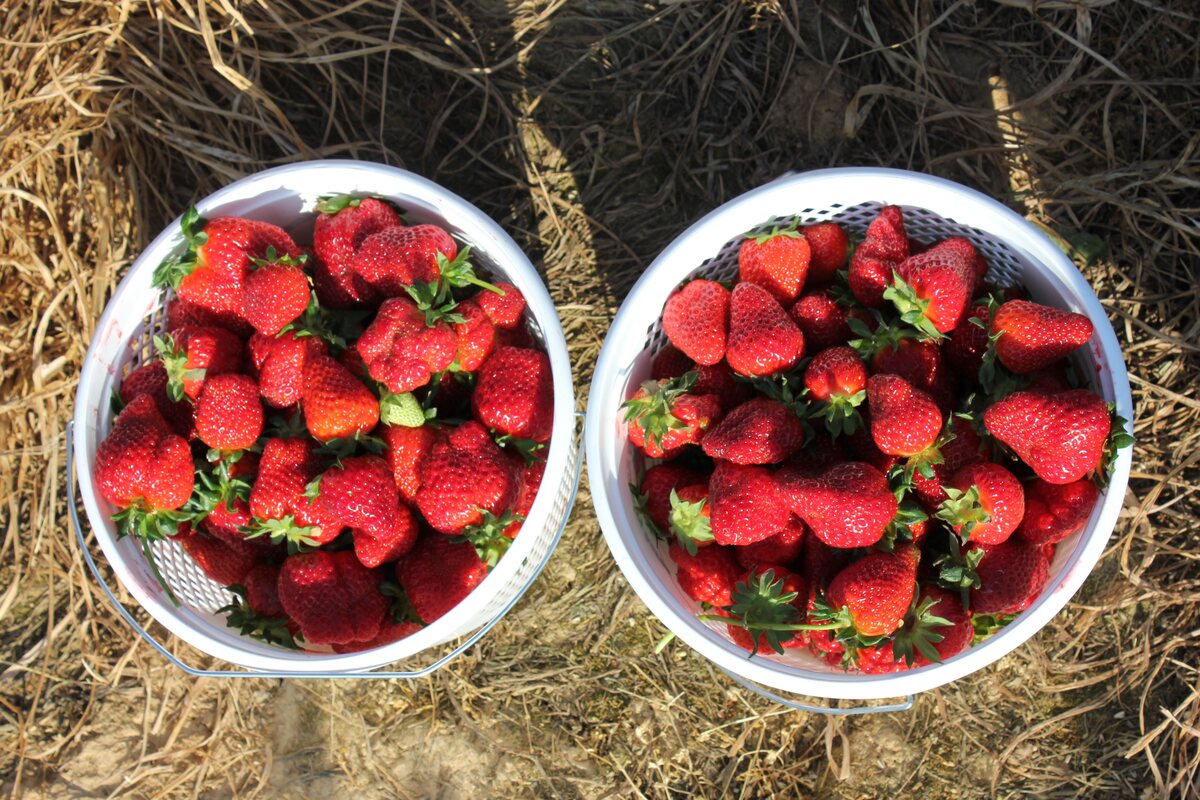

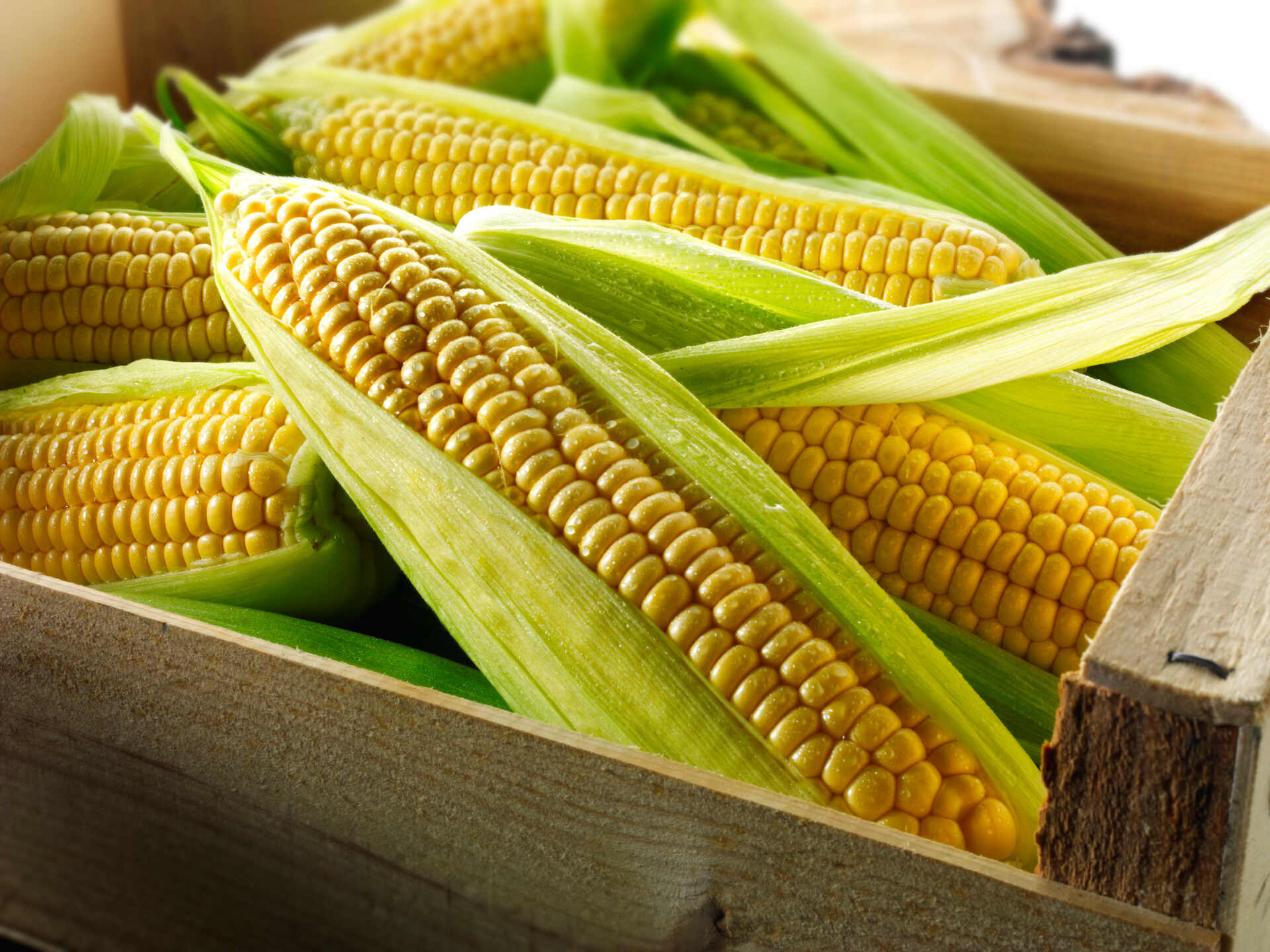

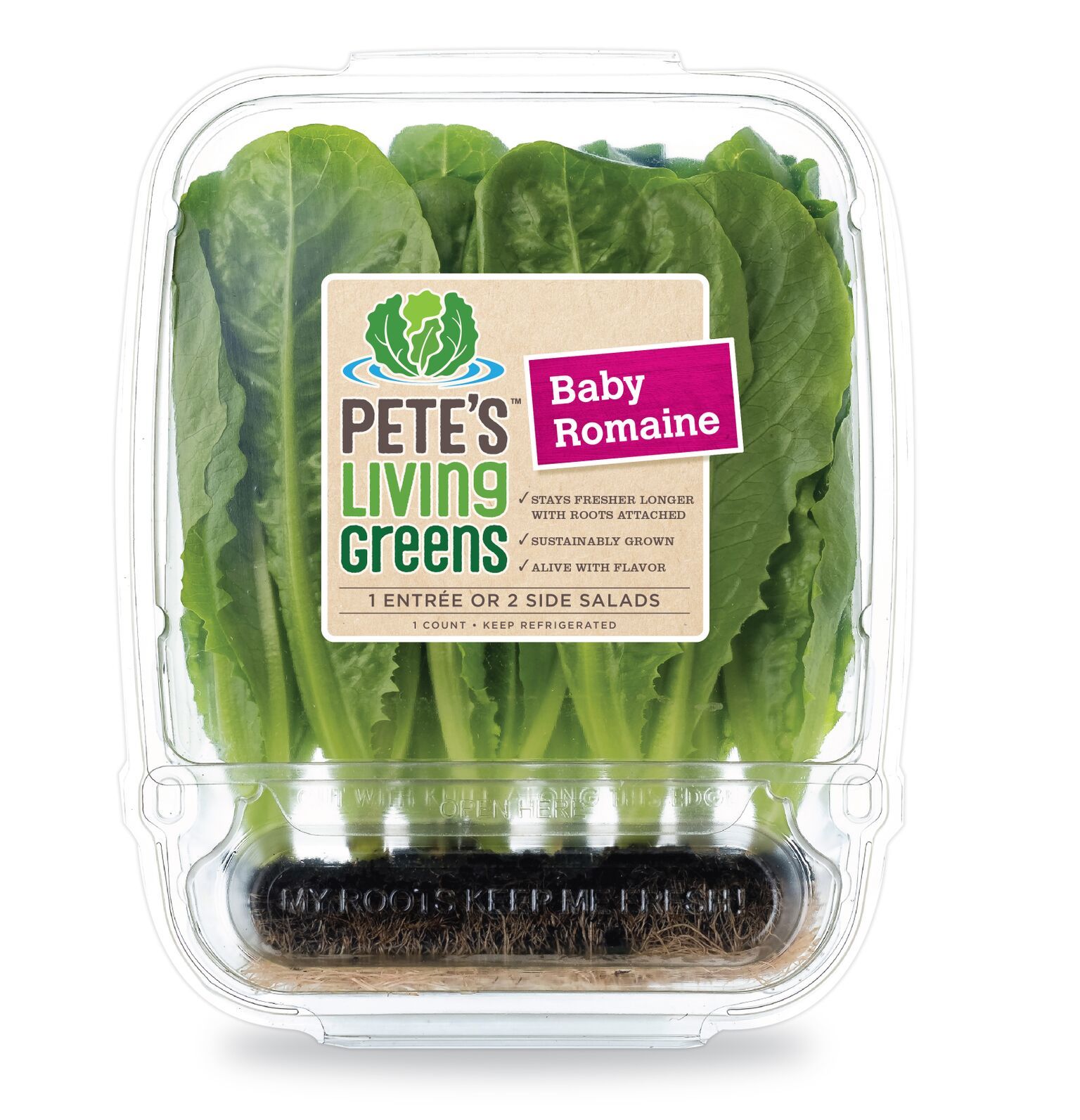
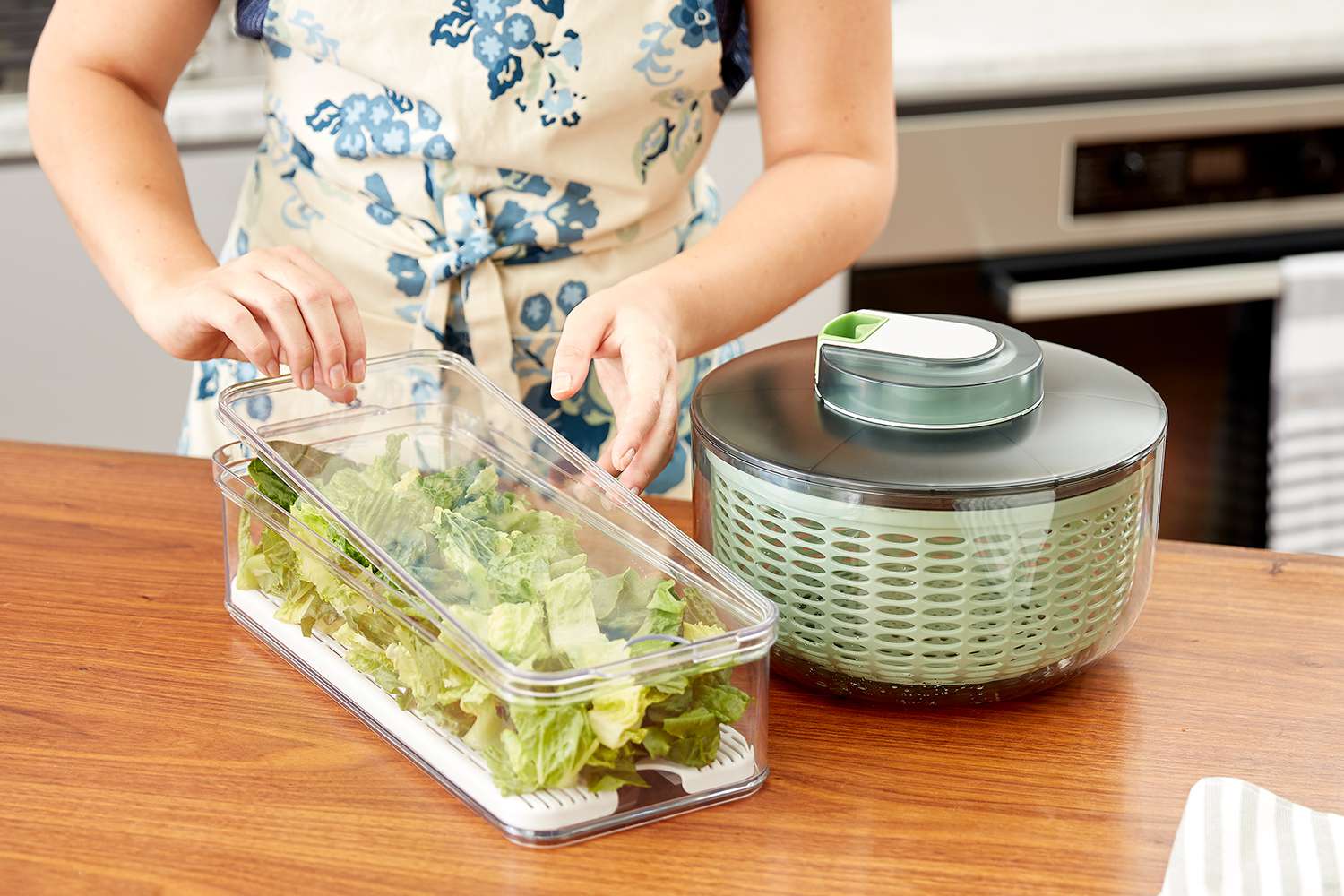
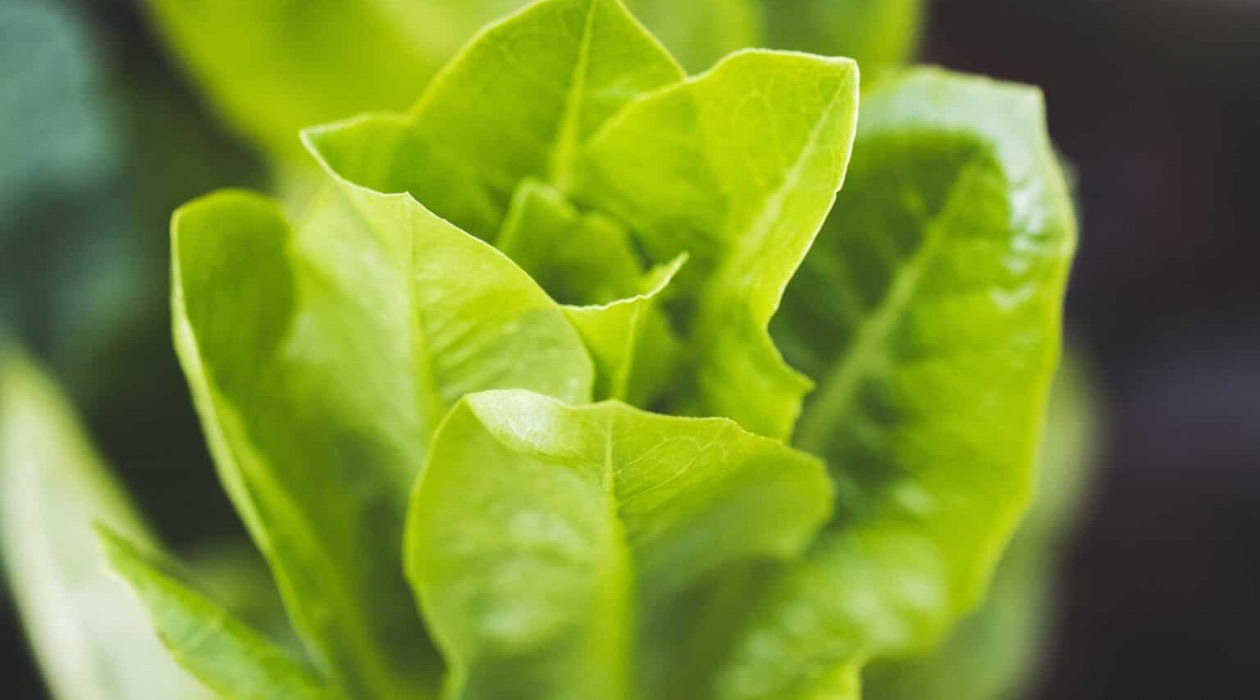
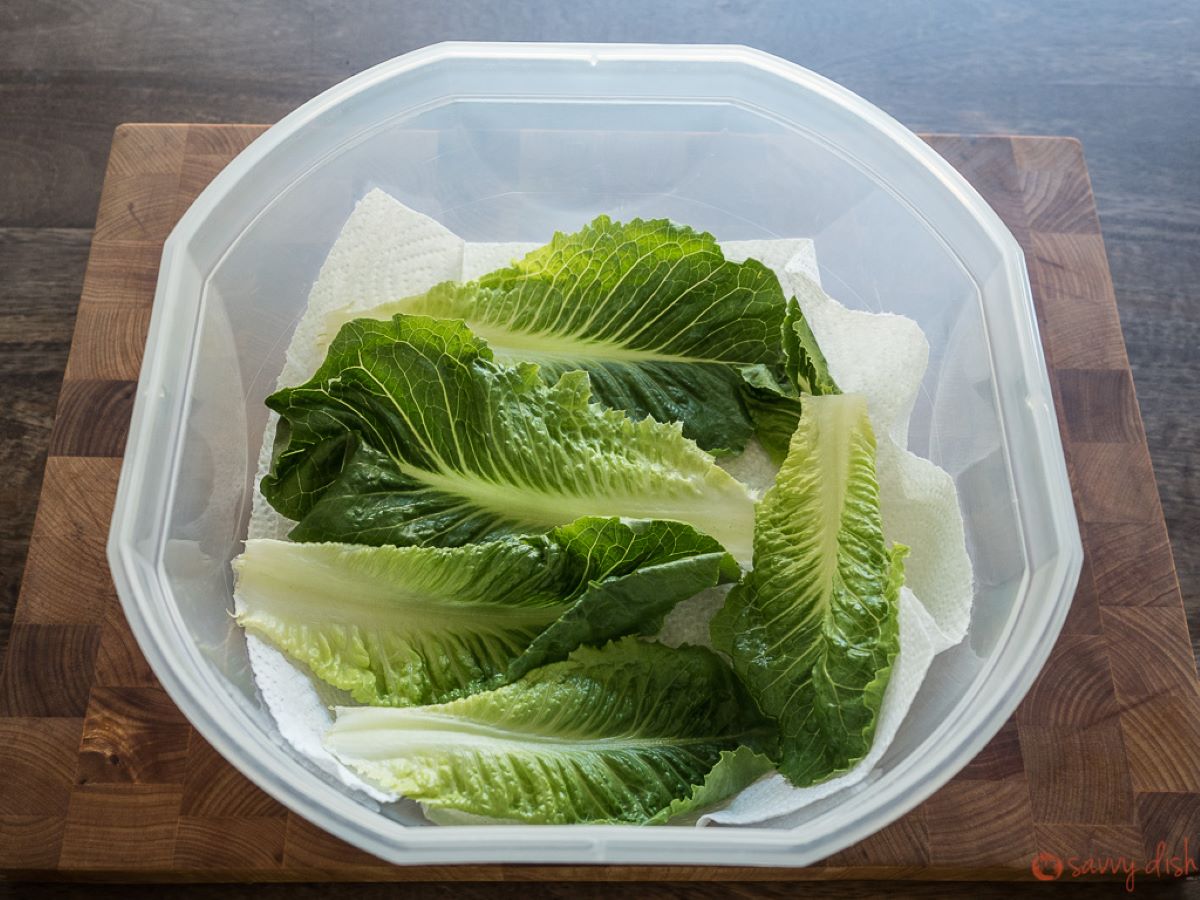

0 thoughts on “How To Store Fresh Picked Lettuce”